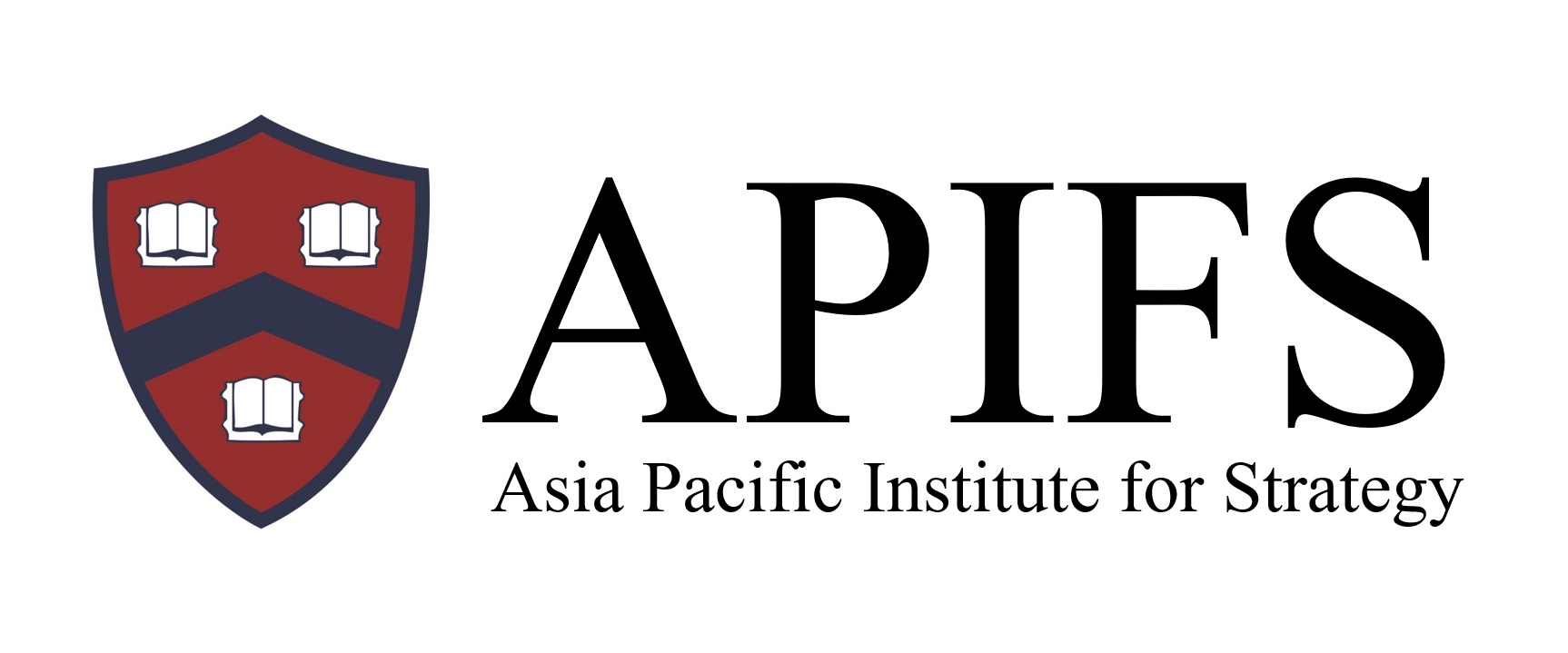
[Crisis Management for the Pandemic] Portfolio Management and Best Practice:
The Rule of 30%
Miranda Tang
- Former Managing Director, CLSA Capital Partners Ltd
- Founder, Dream Matcher Limited
- Fellow, Private Equity Industry, Asia Pacific Institute for Strategy ( 亞研所院士 )
“Diversify? Now? But business is good and I have good customers. They give me best orders and pay promptly” said the owner of one of our investee companies in the fund.
The request at that point in time sounded unreasonable.
One of our job as a private equity investor is to ensure we expand the vision and the horizontal thinking of our portfolio’s management teams and owners. Get them ready for the unexpected and build contingency plans.
Just like the new coronavirus pandemic is causing havoc in all aspects of life. Business owners are all scrabbling for solutions to stay afloat. Not every situation is a disaster. If plan early a lot of anxiety can be removed.
Over-concentration or over-reliance risk is one area that I keep educating my own investment team to be aware of and be pro-active about it. As I used to cover the entire Asia region, there is no hard and fast rule. Each company is different in many aspects. But to make it easy to understand, I always tell them the Rule of 30%.
Whether is exposure to debt financing, supply chain, customer, geography, district, product, brand, etc., whatever the business is, the biggest contributor should be around 30% -- as a guideline.
In many business models, this could be difficult to achieve and costly at most times. No strategy is bullet-proof. But given the business dynamic is fast changing with each operation cycle shortening, this guideline not only mitigate risk but probably the only survival remedy for the company. It allows flexibility to expand during booms and survive crises.
The rationale is simple – you don’t borrow more than 30% of your net worth / asset. Even if you borrow, build relationships with multiple bankers. Same logic applies to other operation aspects.
You don’t source from one major supplier and that supplier should not account for more than 30% of your supply chain.
You don’t rely on a single product or a single brand or a single market or a single customer for more than 30% of your revenue.
If there is disaster or emergency – the virus pandemic (COVID-19), natural disasters (2011 tsunami), fire hazards (2019 Australia fire), nationalization, industrial disruption or consolidation just to name a few – you still have 70% of your resources to cover the loss of 30%. Your recovery speed will be much faster.
Twist it around, this rule also applies to human resource and cashflow management.
In utmost emergency, you keep 30% of your workforce as your core team. They will always be ready for contingencies and crises management. Have them trained to be multi-discipline. When decisions need to be quick and have to be well communicated, you rely on them to manage the rest of the fleet.
You keep roughly 30% of working capital in cash for emergency. Be prepared to preserve cash and run at minimal costs when necessary. Not every day is a heyday. Make sure as operator you know all your critical paths and bottom necks. Limit your riskiest exposure in extreme condition.
In our particular case, the company at the beginning of this article was exposed to one single industry for over 80% of its revenue. Not only that, but there were only four major players in that industry of which three were already our investee company’s customers. We helped the company to diversify its customer base and expand into other segments of the market.
We were lucky to take early action and there was no other major crisis. Two and half years after our investment, the company got listed but the initial industry they relied on underwent a major consolidation. Out of the three major customers, the company lost two of them. There was still a 16% loss in revenue and the business model was not perfect. But had it not been for the advice and the follow-up action, the company would have lost close to 50% of its revenue and it would be difficult for them to recoup and got back on their feet!
Related Articles:
[Change Mgt for the Pandemic] 6 Tactics and Pitfalls to Win People's Hearts to Change Effectively
[Crisis Management for the Pandemic]Trend and Crisis Management:The Worst of Time, The Best of Time
《Tai Hing 3.0》Foreword by Dr. Mark Lee:Upgraded Strategy, Advanced Enterprise
[CEO Insights]Crystal Interview:Management Philosophy for an Enterprise from Zero to Billions
[CEO Coaching]Octopus Interview: Innovative Thinking Strategy
[CEO Coaching]BEA Interview: Development Opportunities for Hong Kong Banking Industry
[CEO Coaching]Pfizer Hong Kong Exclusive Interview:What makes a successful enterprise?
[CEO Coaching]Ericsson (HK) Limited Interview:Would Hong Kong lose its competitive edge in 5G era?
Australia: +61 3 9015 4991
Singapore: +65 6850 5067
Hong Kong: +852 3970 1828
Email: cs@apifs.net
Asia Pacific Institute for Strategy (C) 2025
